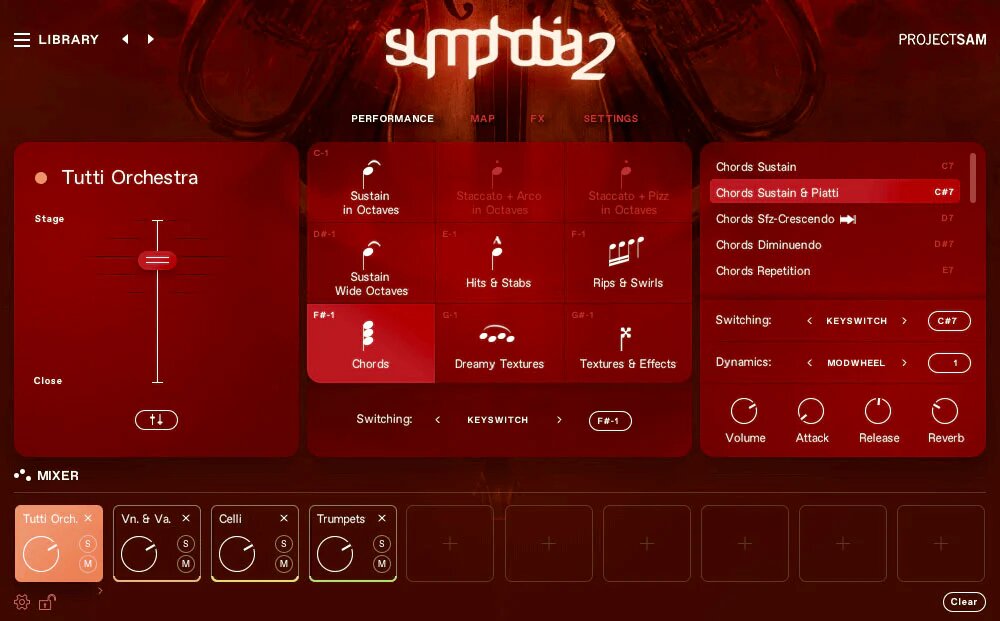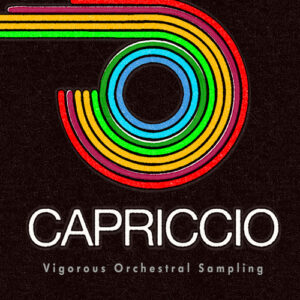Product details
To Install & Use This Library Requires KONTAKT PRO You Have To Download KONTAKT PRO First From Our Website
🎻 ProjectSAM Symphobia 2 – Orchestral Drama at Your Fingertips! 🎺✨
Unleash the power of a full orchestra with ProjectSAM Symphobia 2, the ultimate tool for composers seeking ready-to-play orchestral magic! 🎶 Whether you’re scoring a blockbuster or crafting a cinematic masterpiece, Symphobia 2 delivers awe-inspiring sounds that captivate audiences and elevate your creative vision. 🚀
🖥️ System Requirements
PC:
💻 Pentium or Athlon 1.4GHz processor
🖥️ Windows XP (SP2), Vista, or 7
Mac:
🍏 Intel Core Duo 1.66GHz processor
📀 macOS 10.5 or higher
Both Platforms:
⚡ 1GB of RAM
💾 20GB of free disk space
🎹 Key Features
🔥 Full Orchestral Patches: Dive into lush strings, brass, and woodwinds playing together with dynamic staccatos, swelling crescendos, and triumphant chords.
🌌 Dystopian Textures: Explore eerie soundscapes, dissonant crescendos, and chaotic rips that transport listeners to otherworldly realms.
🎼 Interval-Based Legato Sampling: Enjoy expressive, melodic legatos tailored for emotional melodies at up to 150 bpm.
🎛️ Mic Position Control: Toggle between “stage” and “close” mic positions with adjustable reverb, EQ, and effects.
🎵 Why Choose Symphobia 2?
- Effortless Playability: Skip the tedious layering—play ready-made orchestral sections in an instant.
- Cinematic Impact: Packed with powerful hits, clusters, glissandi, and more to create unforgettable drama.
- Creative Inspiration: Perfect for media composers, this library sparks ideas with its vast, dynamic palette.
🌟 Activation Made Easy!
1️⃣ Install the library on your PC or Mac.
2️⃣ Activate using the provided serial number at Native Instruments’ Service Centre.
3️⃣ (Optional) Register with ProjectSAM to unlock bonus content and support.








There are no reviews yet.